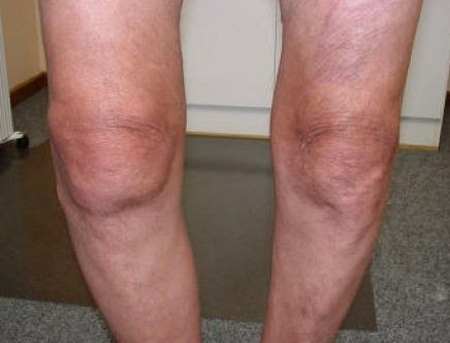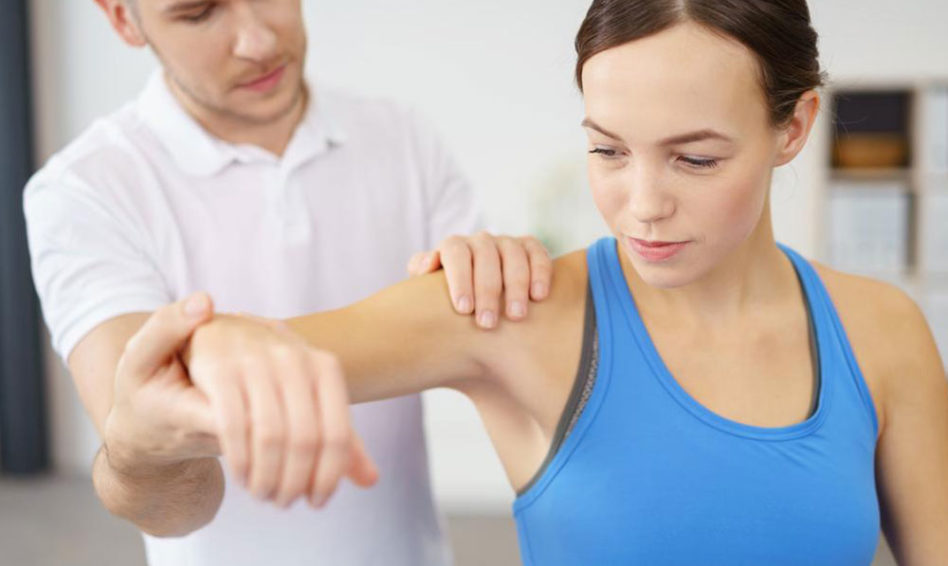
Degenerative joint disorder is the most widespread chronic condition affecting the joints and occurs mostly in the knees, hips, shoulders, neck and even the bones of both thumbs and big toes. However, treating Degenerative Joint Disorder is a difficult matter. There are several non-invasive treatments available for degenerative joint disorder.
It is important to take good care of your body from inside out. This includes taking regular exercise, eating a healthy diet, drinking water, sleeping properly and using all the natural supplements available. These steps will help keep your joints and bones strong, healthy and disease free.
A lot of stress is placed on the body by all types of daily activities. This causes the body to produce a hormone called cytokines. Cytokines are known to cause the breakdown of cartilage, which is one of the structural joints in the body. Over time, this will lead to osteoarthritis, a degenerative disease affecting the cartilage in the body.
Arthritis can be treated with a variety of non-invasive approaches including non-steroidal anti-inflammatory drugs (NSAID), oral medications like aspirin or ibuprofen, and even surgical procedures like arthroplasty. The most common procedure used to treat arthritis is arthroplasty. However, there are also other more advanced surgical methods like complete knee replacement.
Degenerative disorders of cartilage in the body affect nearly 90% of people over age 65. Although the signs and symptoms of arthritis do not occur at an early age, some people may see them as they get older. Common signs and symptoms include severe pain in the joint area, swelling, redness or warmth, and even stiffness in the joint itself.
Degenerative arthritis treatment is often carried out with non-steroidal anti-inflammatory drugs. When taken in combination with other treatments, this form of therapy can be very effective in easing the pain. Sometimes surgery is also recommended. However, it is important to note that surgical procedures have been proven to have many side effects, including scarring.

Some people do feel relief from using anti-inflammatory drugs alone. They can help reduce inflammation in the joint so that it becomes less sore and sore. However, this type of medication should not be used regularly without consulting your doctor.
For more information on these non-invasive treatments, you can talk to your doctor or learn more about them online or at your local library. You can find out one of the treatment options on the website Jointsflexa. You can also consult with your doctor for more information about alternative therapies for arthritis. However, keep in mind that some treatments can cause serious side effects such as infections and scarring. So, always discuss any treatments with your doctor before starting any program.
Osteoarthritis, the most common form of arthritis, usually occurs with age. It affects nearly 80 million Americans and can be caused by a variety of factors. The disease is called osteoarthritis because it affects the cartilage in the joints.
Osteoarthritis occurs when the cartilage in the joints becomes weak and less flexible. As a result, bones are less able to slide against each other. Osteoarthritis occurs mainly due to wear and tear of the cartilage in the joints, as well as the joints themselves.
A good way to combat osteoarthritis is through the use of exercise. When you exercise, you are helping the cartilage to be replaced. The more mobility that you have in your joints, the more flexibility your joints will have.
This is especially important for those who are over age 65 because of the damage that osteoarthritis causes to the cartilage in their joints. This degenerative disorder can have many different implications. For example, arthritis affects the range of motion in the joints and makes it difficult to walk and use them. Other common effects include having difficulty moving your arms and legs or getting up after sitting.
About the author